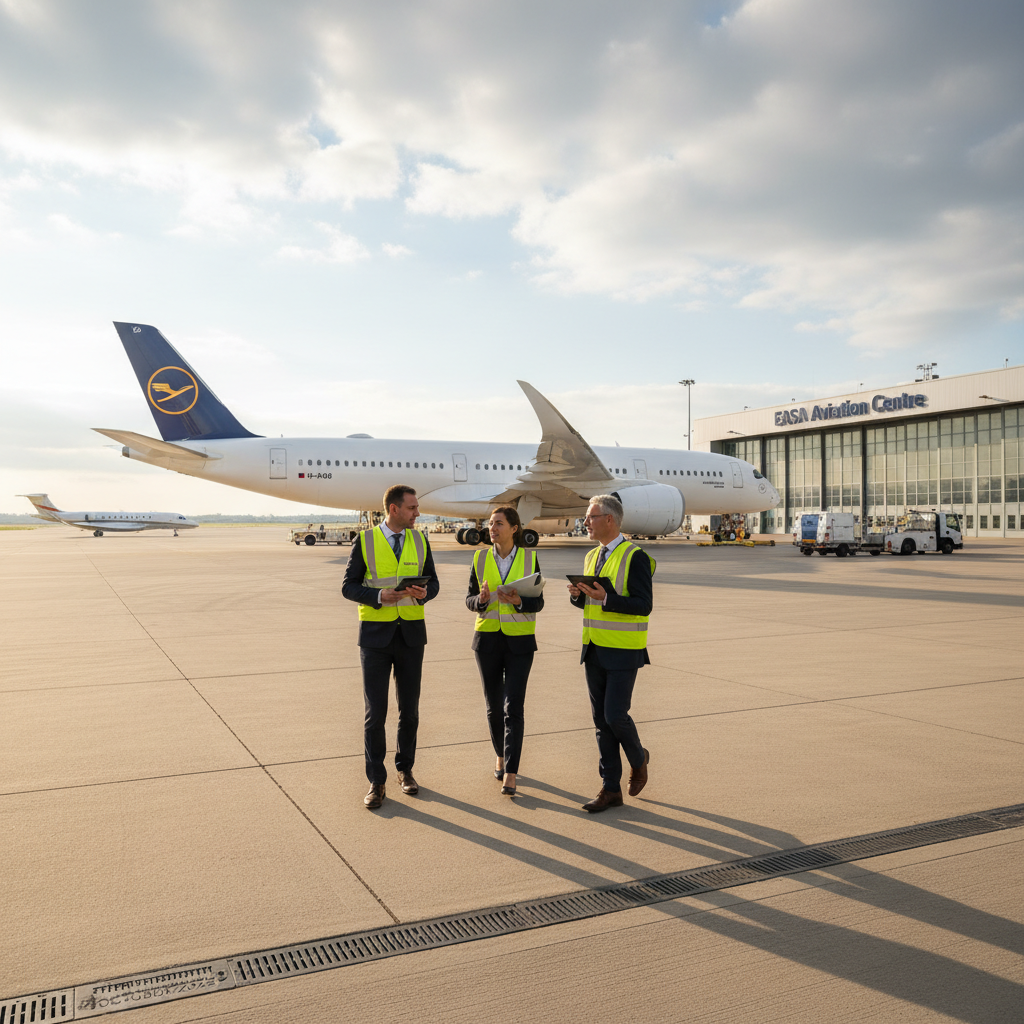Physical Address
304 North Cardinal St.
Dorchester Center, MA 02124
Physical Address
304 North Cardinal St.
Dorchester Center, MA 02124
Global aviation news tracker
Global aviation news tracker

EASA (European Union Aviation Safety Agency) issued fresh maintenance guidance as EU regulators tighten aviation rules.
In a roundup published on October 3, 2025, Sofema Aviation Services highlighted new EASA maintenance guidance, a series of recent safety audits at major EU airports, and stepped-up scrutiny of airlines’ compliance with sustainability mandates. The bulletin frames these items as part of a wider regulatory push across the bloc.
The new guidance from EASA focuses on updating oversight of aircraft maintenance procedures and record-keeping to meet evolving safety and sustainability expectations. While the agency’s document refines technical expectations rather than rewriting certification rules, operators can expect more detailed audits and follow-up inspections from national authorities.
Separately, safety audits conducted at several major EU airports over recent weeks identified procedural gaps and prompted corrective action plans. Regulators are signalling a preference for consistent, higher-standard maintenance documentation and clearer chains of responsibility within maintenance organisations.
Progress on sustainability remains central to the conversation. Regulators are increasing oversight of airline adherence to national and EU-level mandates — including fuel reporting and Sustainable Aviation Fuel (SAF) usage targets — while carriers press for realistic timelines and investment support. Those negotiations will influence not only emissions rules but also how maintenance requirements account for new fuel types and lifecycle impacts.
For maintenance teams, the short-term takeaway is clear: expect more granular inspections, tighter record checks, and a regulatory environment that ties safety and sustainability more closely together. Airlines and maintenance organisations should prioritise documentation readiness and proactive engagement with competent authorities as discussions over emissions targets continue.